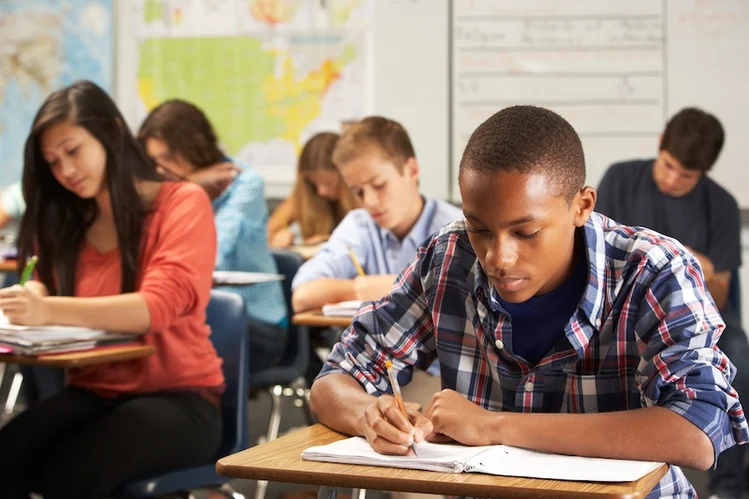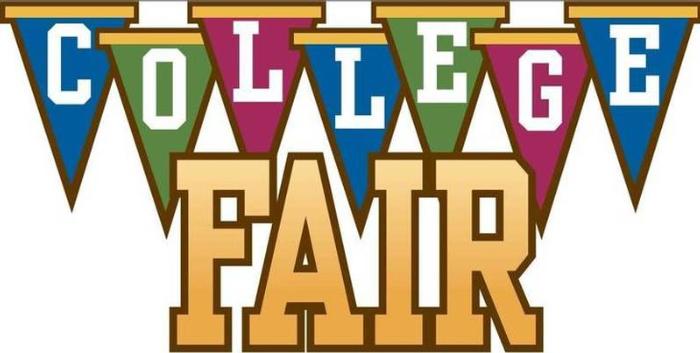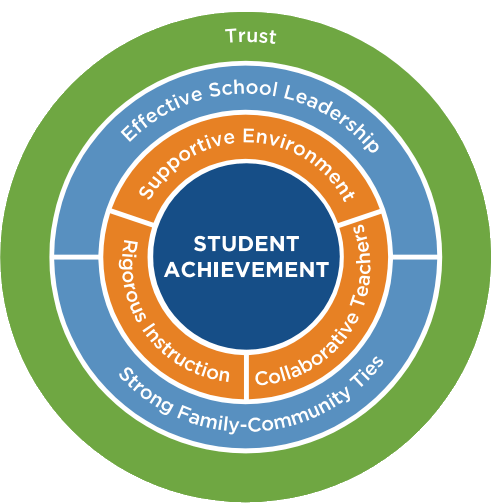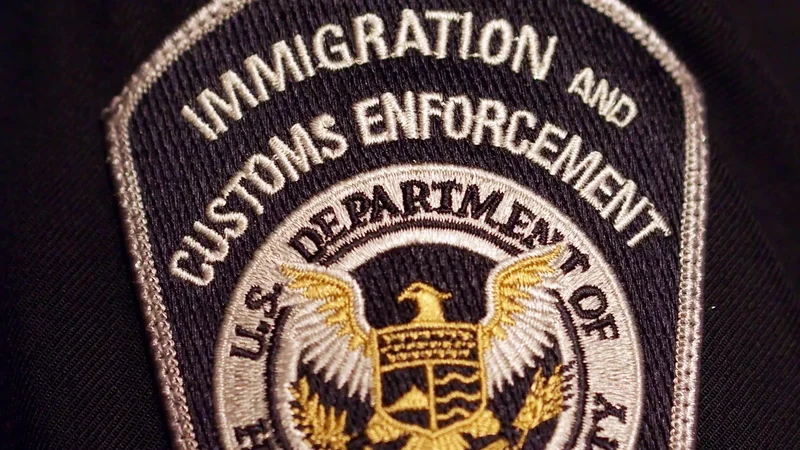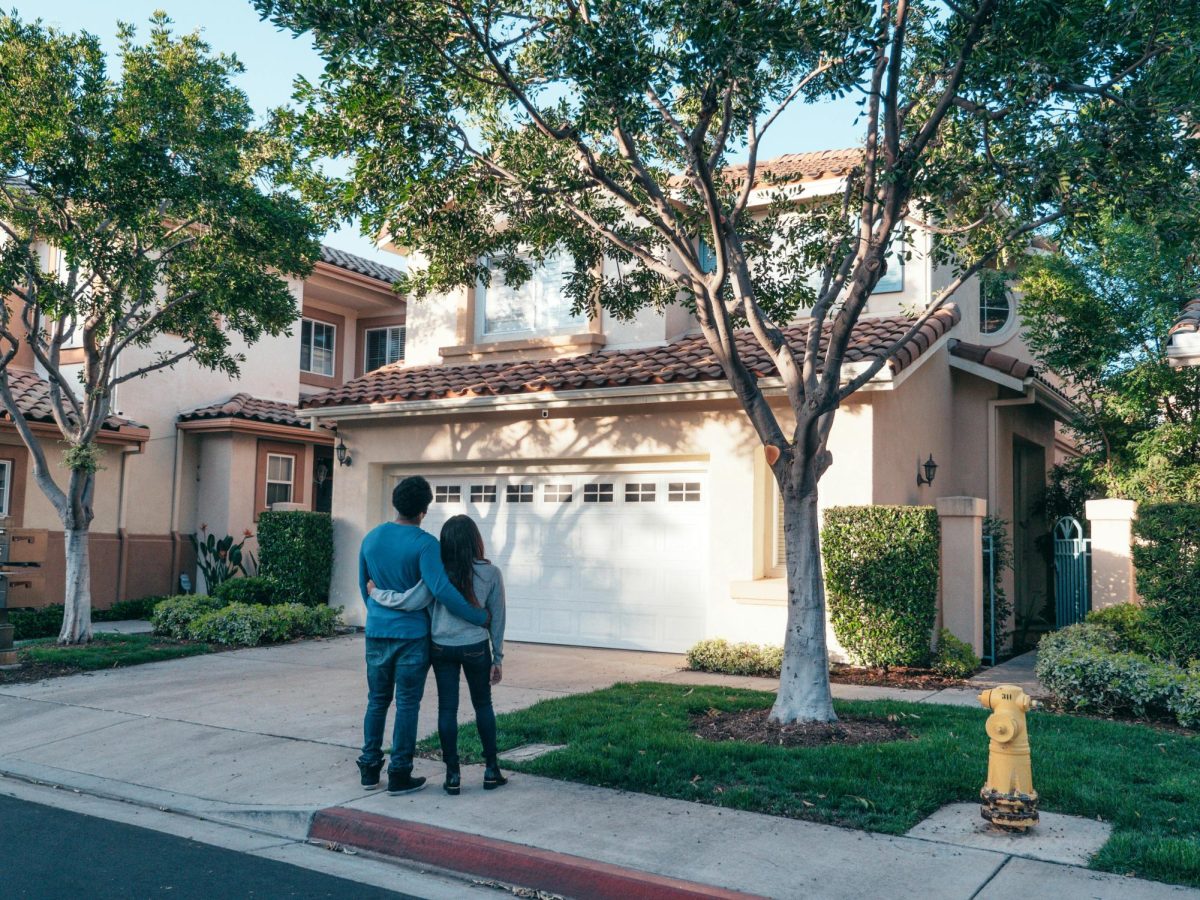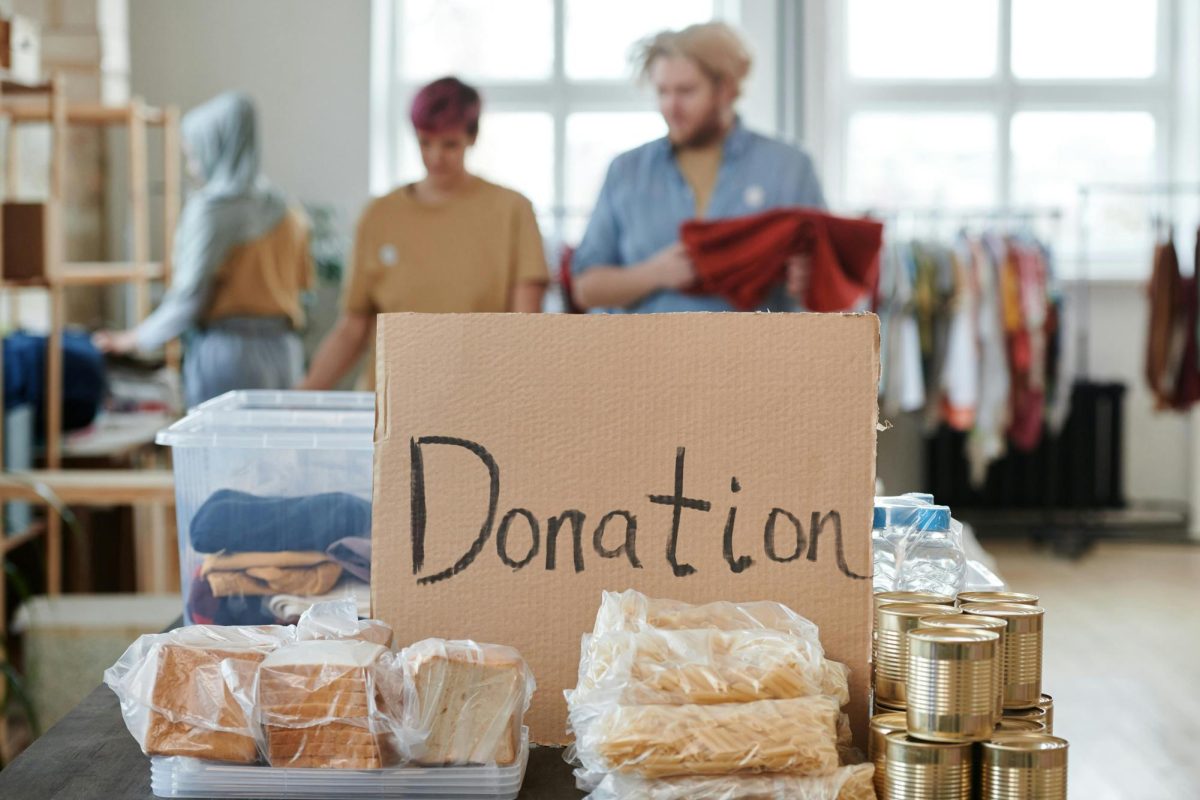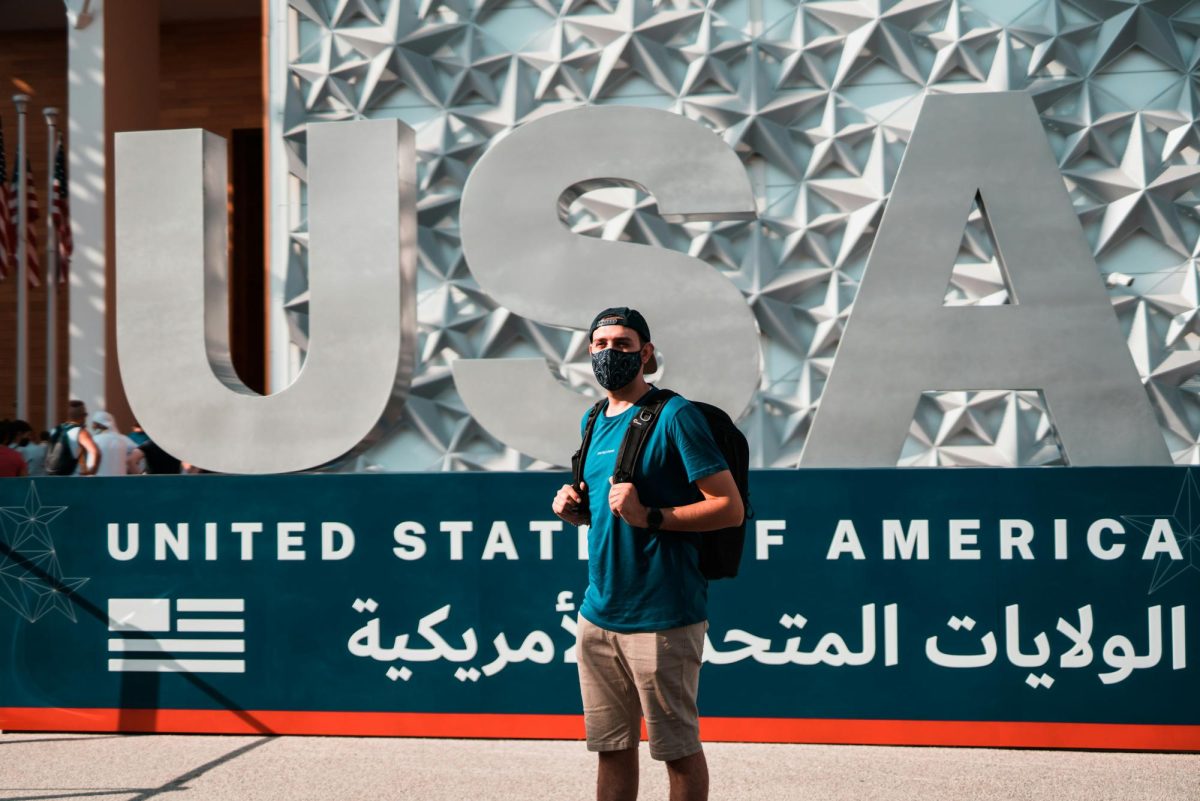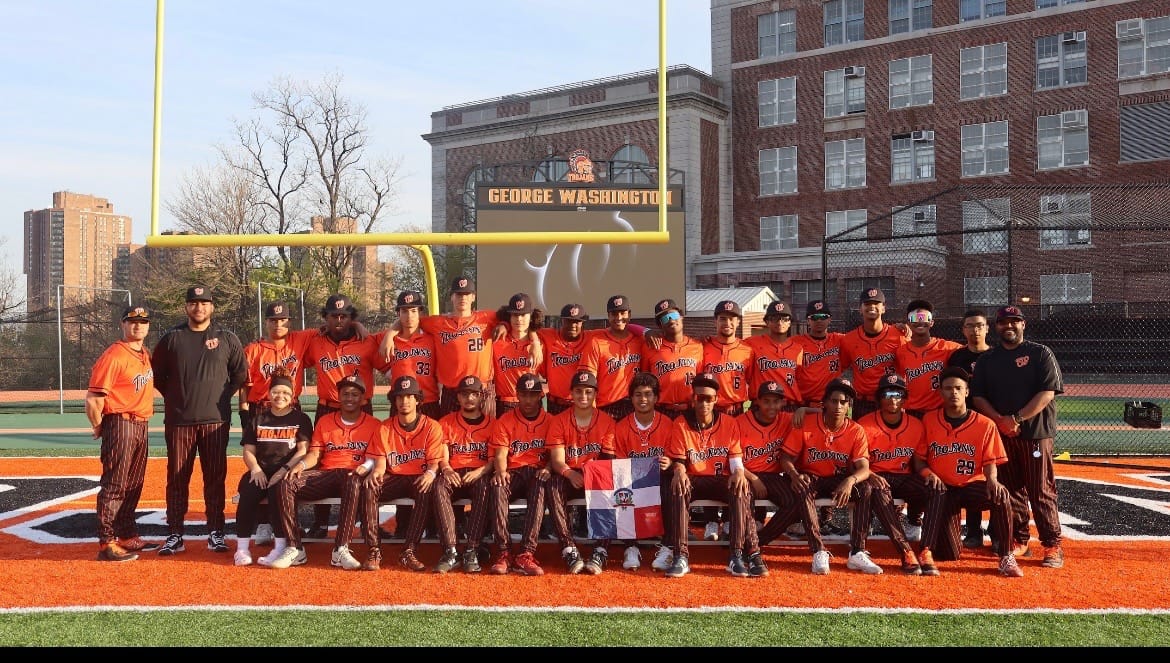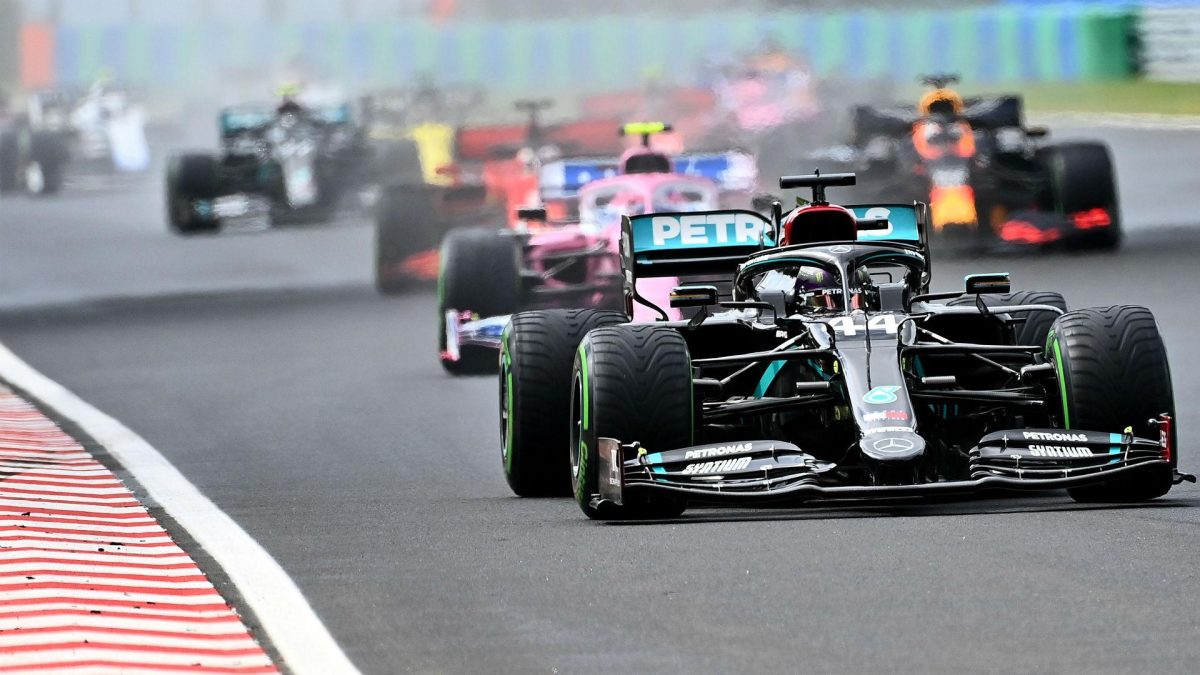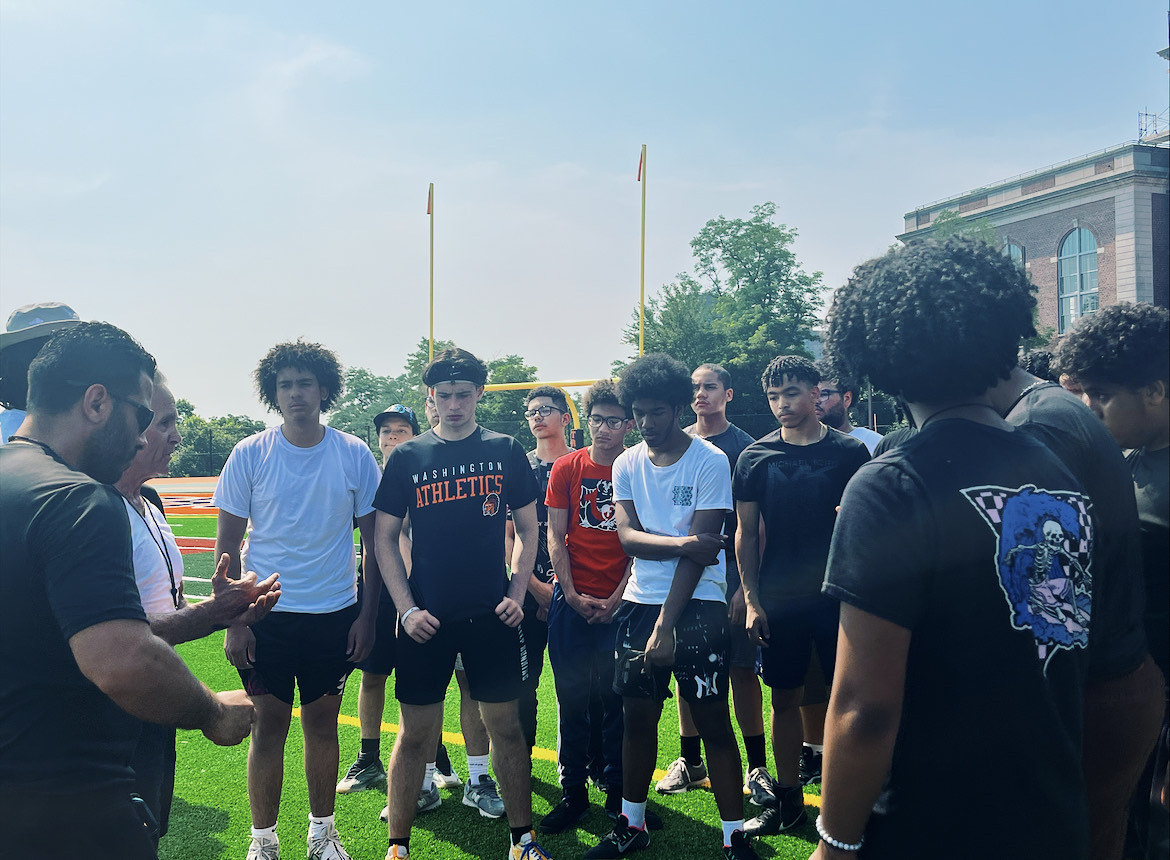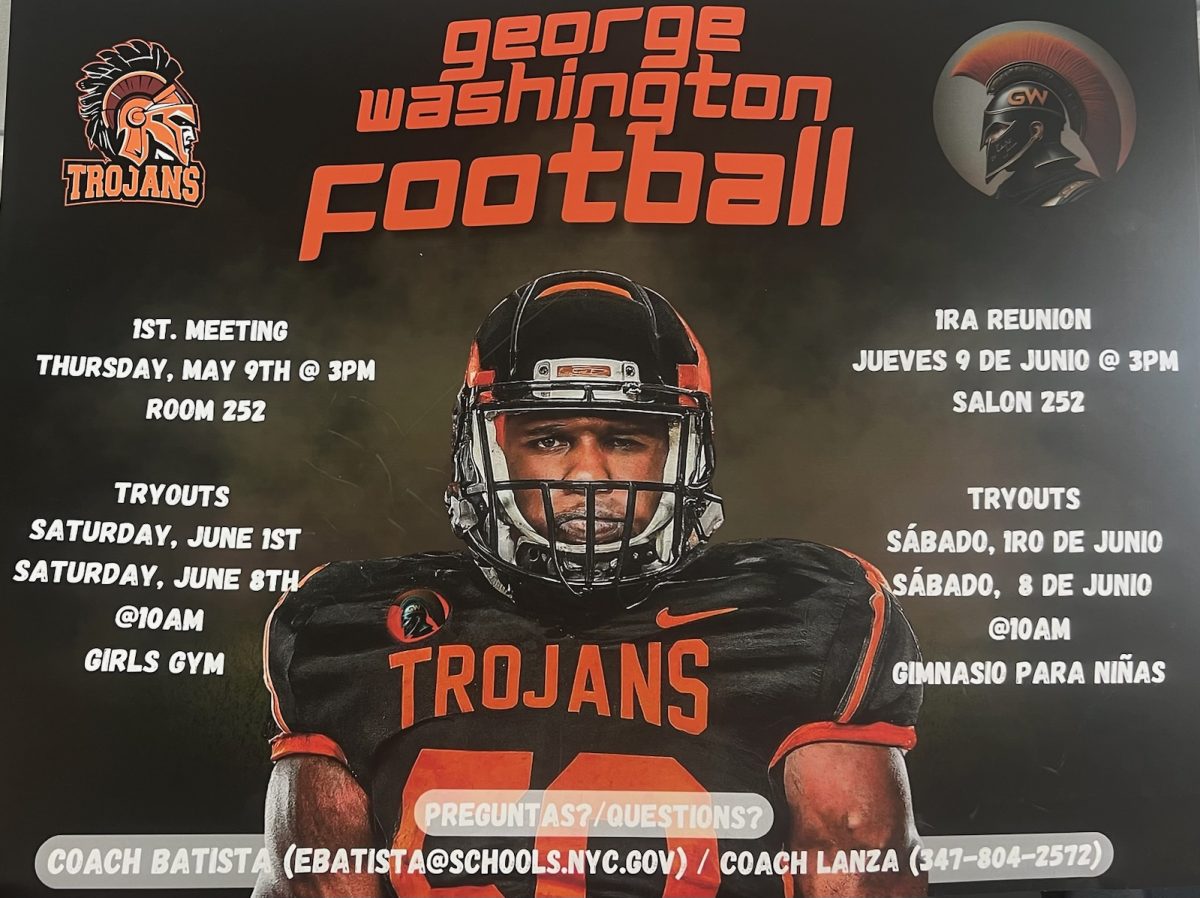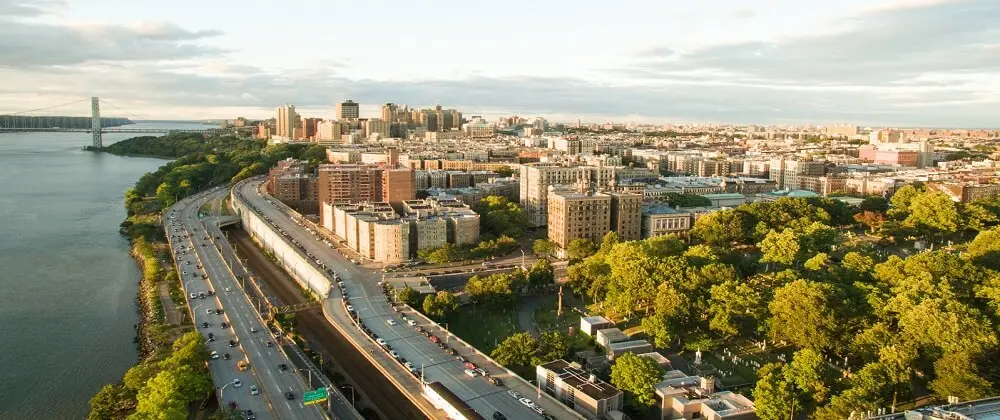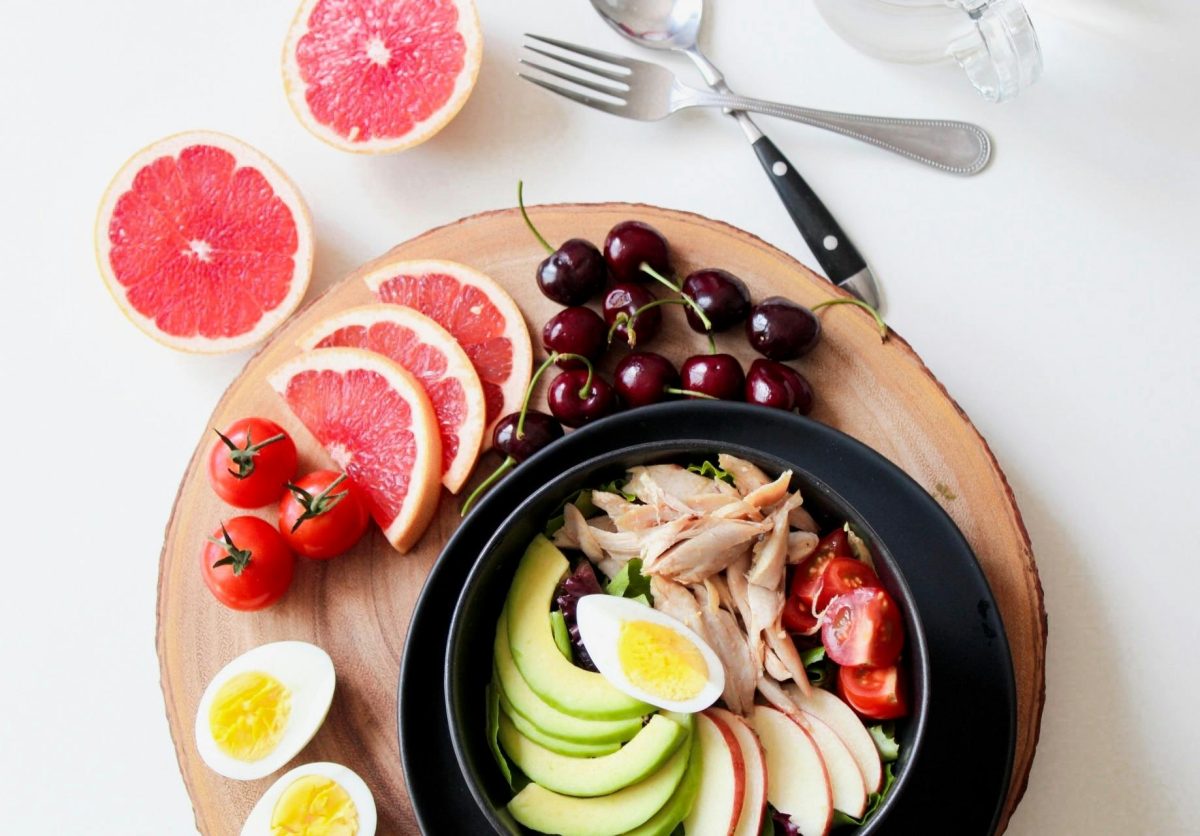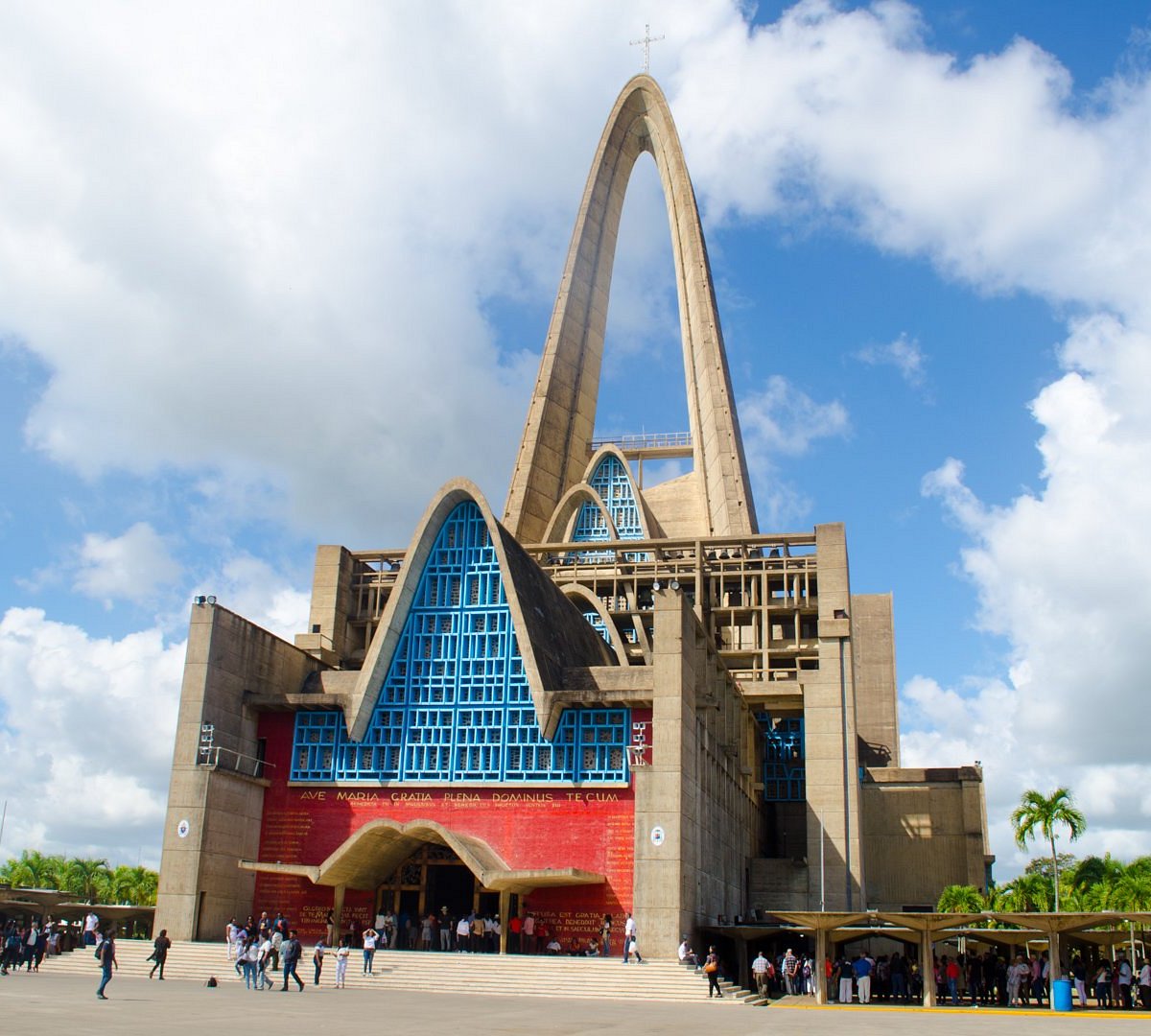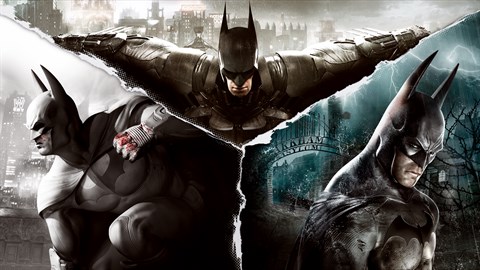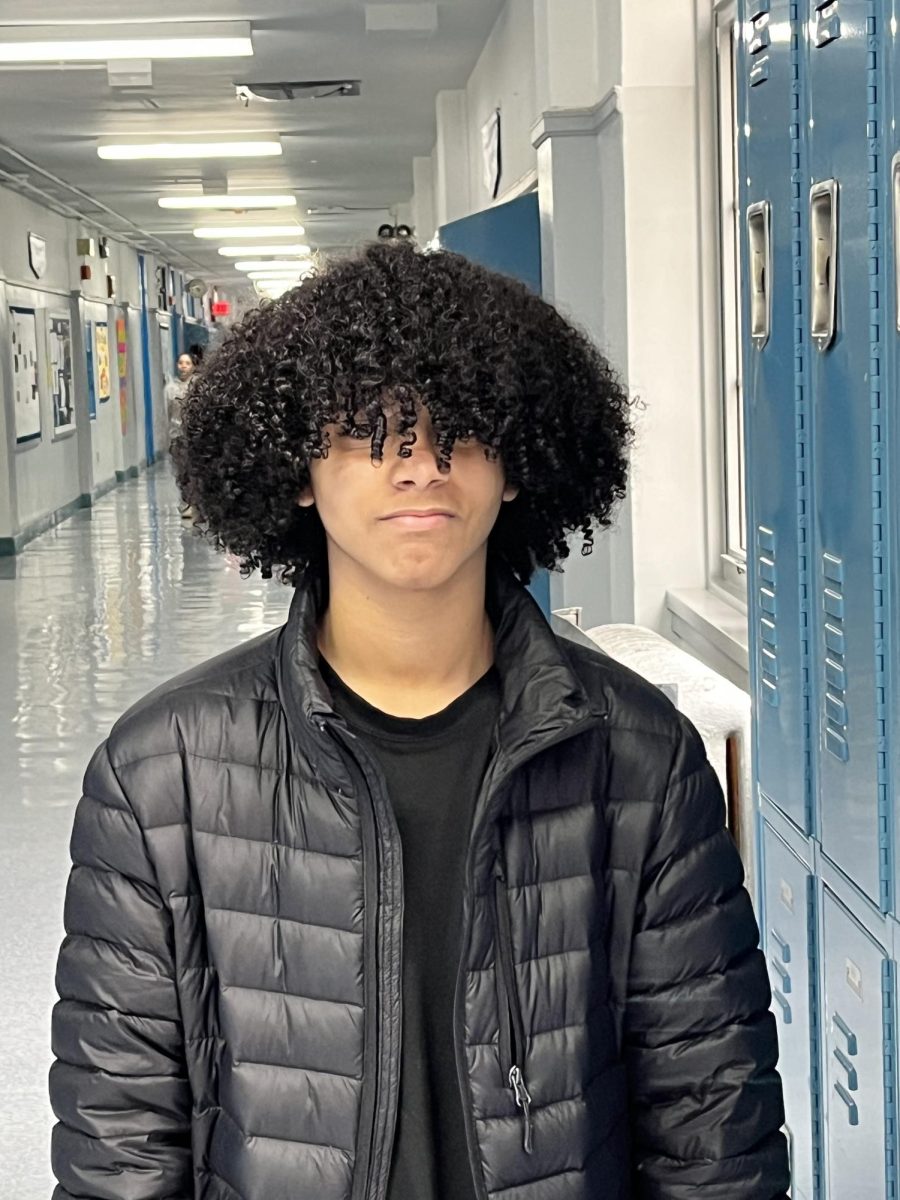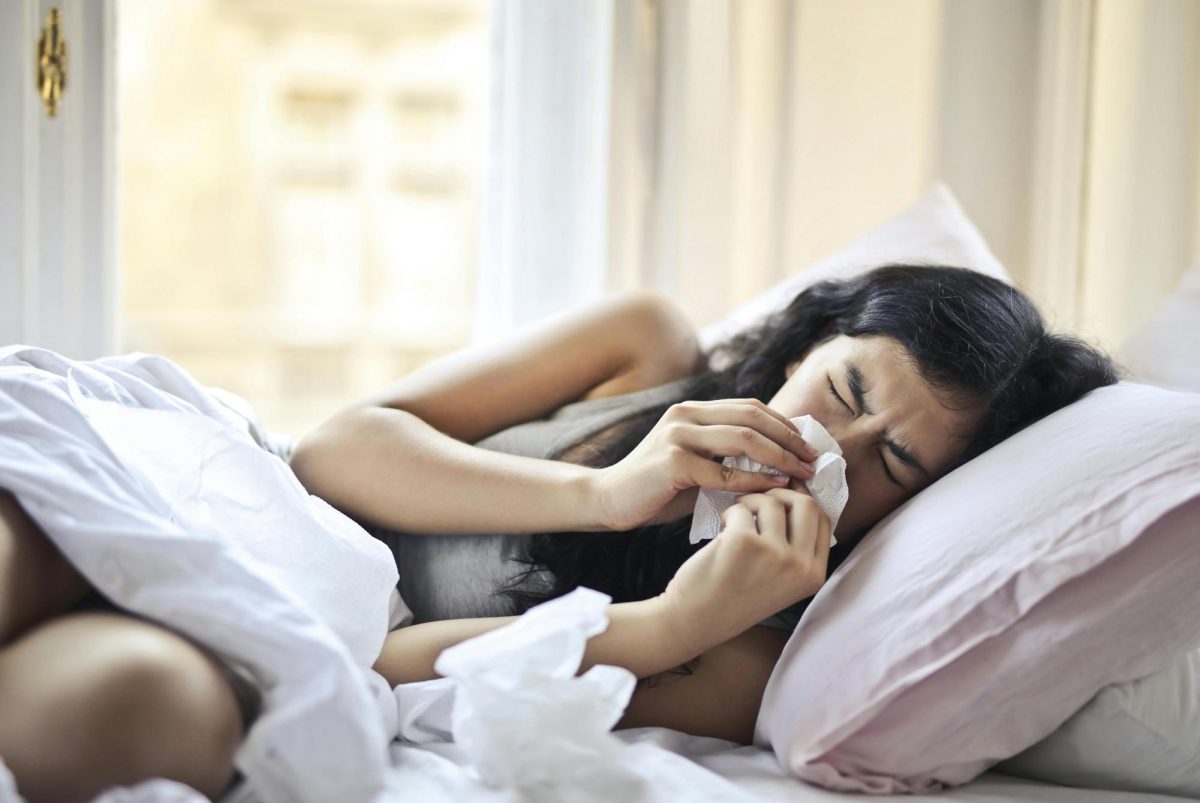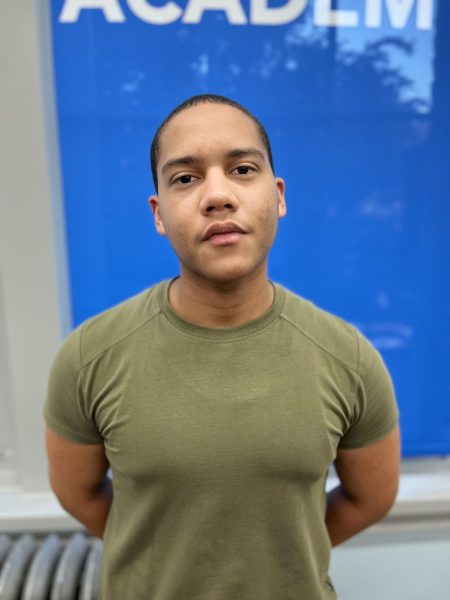Today at TCA I interviewed several students from different places and with their own opinions and experiences to see how their previous schools are different from those in the United States. Some of these students studied in schools where materials and resources were scarce. That’s why they decided to come to the United States to have more opportunities that they didn’t have in their schools. An example of this is TCA student Renato Mota (grade 11) who is Hispanic and studied in the Dominican Republic, which is a place where school supplies were insufficient. That led me to interview him because of his experience in that area.
RENATO MOTA ( 11th Grade)
How much is the limit price that parents must pay for their children to receive an education?
“Depende porque en República Dominicana hay colegios públicos y privados, por ejemplo, en los privados pagan alrededor de 3000 o 4000 pesos pero depende del colegio y del lugar, también hay colegios públicos que no pagan nada.”
It depends because there are public and private schools, for example, in private schools they pay around 3000 or 4000 pesos but it depends on the school and the place and there are public schools that pay nothing.
Was the mandatory uniform system every day of the week fair?
“No es justo porque tu vestimenta no define tus conocimientos porque los colegios en República Dominicana tienen la costumbre de tomar correctamente los uniformes de sus alumnos y el aspecto apropiadamente como cabello, no tatuajes, ni aretes.”
It is not fair because your clothing does not define your knowledge because schools have the habit of correctly taking their students’ uniforms and appearance appropriately as hair, not tattoos, or earrings.
How often did lunch prices increase?
“La comida se compra en una cafetería pero aquí en las escuelas de Estados Unidos te la dan gratis. Los precios suben y bajan dependiendo de la situación económica del país o de la propia escuela. También dependiendo de donde vivas, por ejemplo si vives en un lugar muy pobre, el precio aumentará porque hay escasez de alimentos.”
Food is bought in a cafeteria but here in U.S. schools they give it to you for free. Prices rise and fall depending on the economic situation of the country or the school itself. Also depending on where you live, for example if you live in a very poor place, the price will increase because there is a shortage of food.
What would you improve in Dominican Republic schools?
“Primero, el sistema de uniforme porque es sólo una solicitud obligatoria de las escuelas para representarlas. Otra cosa que se vive son los baños porque no están en buenas condiciones para los estudiantes o los materiales que en ocasiones faltaban”.
First, the uniform system because it is just a mandatory request from schools to represent them. Another thing that is experienced are the bathrooms because they are not in good condition for the students or the materials that were sometimes missing.

